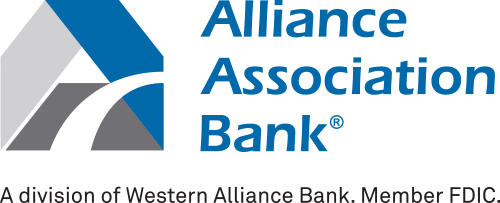The Role Of Robert’s Rules of Order Committees

Committees based on Robert's Rules of Order play a crucial role in facilitating effective and seamless operations for leaders and members. Despite their vital support function, many people don't fully grasp their workings and how they factor into an organization.
Browse By Category
Sign up for Our Newsletter
Committees based on Robert’s Rules of Order play a crucial role in facilitating effective and seamless operations for leaders and members. Despite their vital support function, many people don’t fully grasp their workings and how they factor into an organization.
Defining Robert’s Rules of Order on Committees
Although a Board of Directors leads most organizations, committees hold an equally significant position. They contribute to streamlining the organization’s operations, aiding the board in diverse responsibilities.
However, it’s essential to note that committees operate strictly within the organization’s defined scope and lack independent decision-making authority. If a committee generates a beneficial idea for the group, it must present it as a motion to the assembly.
The bylaws should explicitly outline the authority to appoint committee members, as well as how to appoint a committee chairman and fill vacancies.
Committee Reports
A committee’s duty is to present reports to the assembly. The committee presents this report in accordance with established rules under the chair’s request. The procedure begins with the chair calling for reports from officers and standing committees; special committees follow in their designated order.
The reporting member, usually the committee chairman, stands when the presiding chair calls them. They then read the report and submit it to the presiding officer. In cases where the order of business does not explicitly cover committee reports, the reporting member may address the floor when no other pending business is at hand.
Standing Committees vs Special Committees
Standing committees and special committees are the two primary types of committees in Robert’s Rules. But how do these two types of committees differ from each other?
What Is a Standing Committee?
Standing committees, contained in the bylaws, form a lasting component of the organization. While the individuals serving on these committees may change with new officers, the committee’s core purpose and responsibilities remain consistent.
These committees are pivotal for the organization’s seamless operation. When the board or members encounter business related to the work of a standing committee, it is typically entrusted to that committee. The committee then conducts investigations and presents its findings to the board or membership.
Standing committees are quite common among homeowners associations. Some examples of such committees include Architectural Control Committees, Finance or Budget Committees, Violations Committees, and Social Committees.
What Is a Special Committee?
A special committee is formed specifically to address a specific task. This committee disbands once the task is completed and the final report is presented. It is crucial to avoid creating a special committee for matters that a standing committee can adequately address. Other names for this committee include the select committee or Robert’s Rules ad hoc committee.
The committee’s size and composition depend on its purpose. Additionally, special committees serve dual roles: investigation and implementation. For example, if the organization contemplates converting tennis courts into pickleball courts, a member can propose a committee to research this idea. Alternatively, a committee can be established to execute the renovation if a motion to convert the courts is approved.
- Investigation. During the investigation phase, the committee should seek input from the membership early on and discuss it at committee meetings rather than assembly meetings to streamline the process and save time.
- Implementation. When tasked with implementation, the committee should comprise only those in favor to prevent delays or non-compliance. Investigation committees are typically more significant to encompass various viewpoints, whereas implementation committees are usually smaller for efficient execution.
Robert’s Rules on Committees: Board Secretary and Chairman
The secretary plays three key roles in relation to committees operating under Robert’s Rules:
- Notifying members of their committee appointment
- Supplying essential documents to the committee chairman
- Furnishing the chairman with the motion and relevant instructions if a motion is referred to the committee
The committee chairman is responsible for safeguarding and returning all documents received. Standing committees must maintain an activity record, compiling a file handed over to the new chairman on an annual basis. This file functions as ongoing documentation of the committee’s activities.
The committee chairman assumes a pivotal role in overseeing meetings, coordinating tasks, and ensuring the timely completion of assignments. Typically appointed by the president or board, the assembly may alternatively elect the committee chairman.
In the selection process for a chairman, appointers should seek individuals with a genuine passion for the work, along with adequate time and skills. Effective collaboration and the ability to motivate team members are essential qualities. When assembling the rest of the committee, selecting members based on their contributions to the work and their capacity to cooperate is important, prioritizing teamwork over individual efforts.
Making Use of Committees
The smooth operation of committees following Robert’s Rules of Order plays a vital role in enhancing an organization’s overall efficiency and coherence. Standing committees and special committees serve as critical components, assisting board directors in easily fulfilling their roles.
Up Next:
- Explaining Robert’s Rules Of Order Role Of Members
- How To Exercise Robert’s Rules Of Order Discipline
- What Are Organization Governing Documents?
Trending Now
Related Article
Sign up for Our Monthly Newsletter
Sign up below for monthly updates on all HOA Resource
















